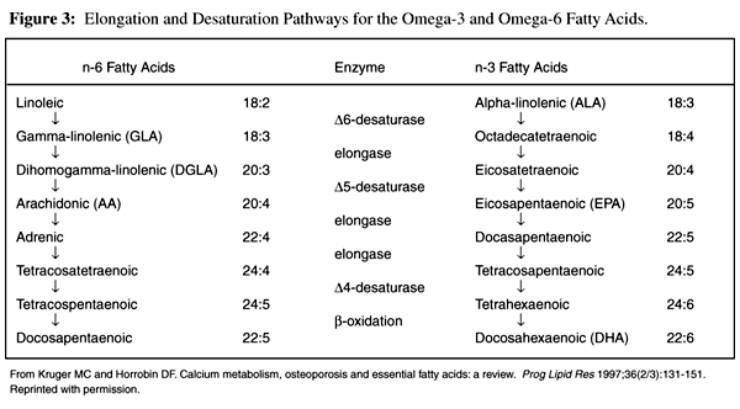Clinical Presentation of a Patient with Thoracic Myelopathy
Clinical Presentation of a Patient with Thoracic Myelopathy at a Chiropractic Clinic
SOURCE: J Chiropractic Medicine 2012 (Sep); 11 (2): 115–120
Charles W. Gay, Mark D. Bishop, and Jacqueline L. Beres
Graduate Research Assistant,
Rehabilitation Science Doctoral Program,
University of Florida, Gainesville, FL.
INTRODUCTION: The purpose of this case report is to describe the clinical presentation, examination findings, and management decisions of a patient with thoracic myelopathy who presented to a chiropractic clinic.
CASE REPORT/METHODS: After receiving a diagnosis of a diffuse arthritic condition and kidney stones based on lumbar radiograph interpretation at a local urgent care facility, a 45-year-old woman presented to an outpatient chiropractic clinic with primary complaints of generalized low back pain, bilateral lower extremity paresthesias, and difficulty walking. An abnormal neurological examination result led to an initial working diagnosis of myelopathy of unknown cause. The patient was referred for a neurological consult.
RESULTS: Computed tomography revealed severe multilevel degenerative spondylosis with diffuse ligamentous calcification, facet joint hypertrophy, and disk protrusion at T9-10 resulting in midthoracic cord compression. The patient underwent multilevel spinal decompressive surgery. Following surgical intervention, the patient reported symptom improvement.
CONCLUSION: It is important to include a neurologic examination on all patients presenting with musculoskeletal complaints, regardless of prior medical attention. The ability to recognize myelopathy and localize the lesion to a specific spinal region by clinical examination may help prioritize diagnostic imaging decisions as well as facilitate diagnosis and treatment.
KEYWORDS: Spinal stenosis; Thoracic vertebrae
From the FULL TEXT Article:
Introduction


